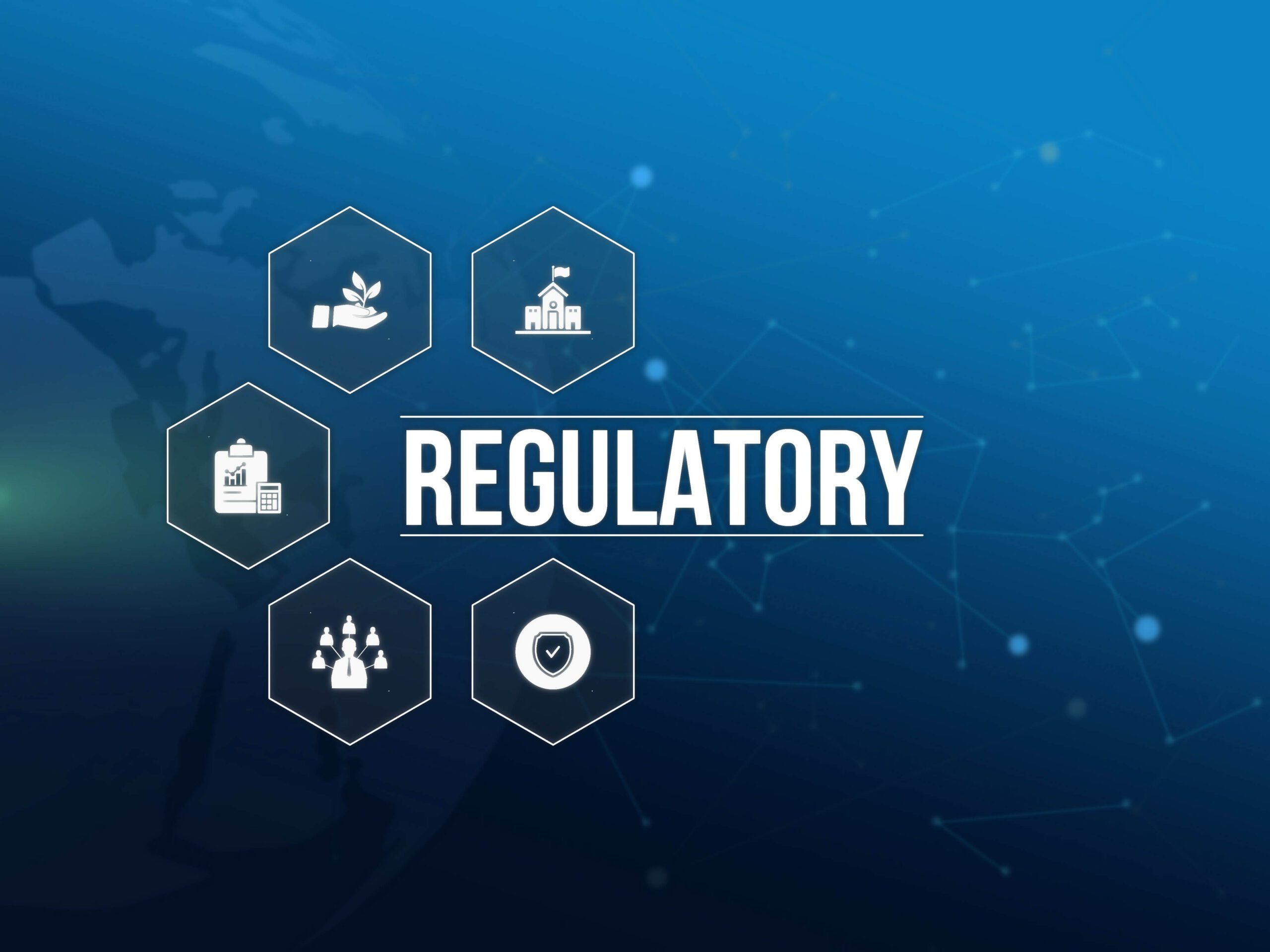As payers look into the healthcare landscape of 2024, they must consider the rapidly evolving and ever-increasing importance that the market is placing on interoperability from both a strategic and regulatory perspective. All arrows point toward the need and requirement for greater collaboration between:
- Patients and payers
- Providers and payers
- Payers and other payers
Interoperability is taking center stage like never before. With the rapid advancement of technology and the increasing importance of patient-centric care, the Centers for Medicare & Medicaid Services (CMS) has introduced a set of regulations and rulings that are set to transform how healthcare information is shared and utilized.
Let’s explore these regulations to understand better why interoperability is crucial for payers and the healthcare industry as a whole.
Understanding Interoperability Regulations
Interoperability refers to the ability of different healthcare systems and software applications to communicate, exchange data, and use the information that has been exchanged. In 2024, CMS is implementing a series of regulations aimed at enhancing interoperability, with the key components being:
- Patient Access: CMS mandates that payers provide patients with access to their health information through standardized application programming interfaces (APIs). APIs mean that patients can securely access their health data, including claims and clinical information, through mobile apps or web portals. HealthRules Payer makes it easy for payers to leverage its robust set of APIs to meet these mandates.
- Provider Directory: Payers are required to maintain and update a comprehensive provider directory, ensuring that patients have access to accurate and up-to-date information about healthcare providers in their network. This directory must be made available through APIs, enabling third-party applications to incorporate this data. HealthEdge recently delivered its Provider Data Management solution to help payers meet this challenge and ensure all provider directories stay up-to-date and remain compliant.
- Data Exchange: The CMS is promoting the use of Fast Healthcare Interoperability Resources (FHIR) standards for data exchange. This will facilitate the sharing of patient data across different healthcare systems and applications, improving care coordination and reducing administrative burden. HealthEdge APIs are all consistent with these new CMS standards for sharing data.
5 Reasons Why Interoperability Matters
1. Improved Patient Outcomes:
Interoperability ensures that healthcare providers have access to a patient’s complete medical history, enabling them to make more informed decisions about their care, leading to faster diagnosis, more effective treatment plans, and, ultimately, improved patient outcomes.
2. Enhanced Care Coordination:
With interoperable systems, different care settings and providers can seamlessly share information, reducing the risk of duplicative tests and treatments, leading to better-coordinated care and a more efficient healthcare system.
3. Empowering Patients:
The ability for patients to access their health data empowers them to take a more active role in their healthcare journey. It fosters transparency and allows patients to make informed decisions about their care, leading to better engagement and satisfaction.
4. Reduced Healthcare Costs:
Interoperability can significantly reduce administrative costs by streamlining data exchange and reducing paperwork, which translates to cost savings for payers, providers, and patients alike.
5. Regulatory Compliance:
Adhering to CMS interoperability regulations is not just a matter of compliance; it’s a strategic imperative. Payers who embrace interoperability early on will be better positioned to thrive in the evolving healthcare landscape.
Examples of Interoperability Success
HealthEdge®, a leading enterprise solution provider for payers, is fully prepared to guide its more than 100 payers who depend on HealthEdge solutions, including HealthRules® Payer (core administrative processing system), GuidingCare® (care management), HealthEdge Source (prospective payment integrity), and Wellframe (digital member engagement), to not only be compliant with emerging interoperability regulations but also leverage its highly interoperable systems to improve member outcomes, reduce cost and administrative waste, as well as deliver exceptional member experiences.
Payers can use the HealthEdge solutions as standalone next-generation software or deploy them as an integrated platform of digital solutions. Here are a few examples of how HealthEdge solutions help payers leverage their highly interoperable systems to achieve considerable success.
The HealthRules Payer Core Administrative Processing System (CAPS):
Dramatically reduces costs and administrative waste by delivering 90%–97% first-pass auto-adjudication rates and 99%+ accuracy. It opens the door to new value-based reimbursement models, benefit plans, and provider contracts and provides business insights that improve outcomes, lower costs, and increase transparency.
GuidingCare:
With 75+ unique vendor integrations, 12 productized integrations, and 75 API endpoints, GuidingCare offers payers a comprehensive solution for achieving interoperability within care management and across the healthcare ecosystem. By embracing such platforms, health plans can bolster their care management strategies, align with evolving industry demands, and ultimately provide better experiences and outcomes for their members.
Care-Payer Integration:
This unique pre-integrated solution that combines the power of HealthRules Payer and GuidingCare provides the API-based integration that enables the continuous management of member care and core administrative processes, further demonstrating how interoperability plays a big role in successful care management strategies.
Payer-Source Integration:
The integration between HealthRules® Payer and HealthEdge Source creates operational efficiency and accuracy in claims pricing and editing, which improves payer-provider relations and member satisfaction. Source is the first digital prospective payment integrity solution to natively bring together claim payment automation with proactive business intelligence, enabling payers with Medicare, Medicaid, and commercial lines of business to have better relationships with providers, reduce waste, and improve their financial performance.
Looking Ahead
As we look ahead to 2024, providing transparency, reducing costs, creating seamless and efficient care coordination, and improving health outcomes are the backbone of the CMS Advancing Interoperability and Improving Prior Authorization Processes Proposed Rule (CMS-0057-P), requiring payers to continue to integrate system functions and coordinate across the healthcare ecosystem in 2024.
Those payers who embrace modern, highly interoperable solutions and a solid digital transformation platform, like HealthEdge, are uniquely positioned to succeed when it comes to interoperability mandates and delivering higher quality, member-centric care, and services.
To explore how HealthEdge® can help you create transformational consumer experiences, deliver payer business agility, and accelerate your digital health payer strategy, visit www.healthedge.com.






